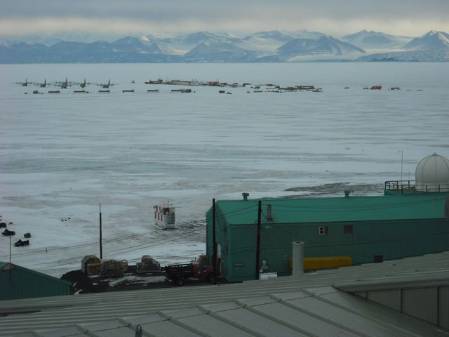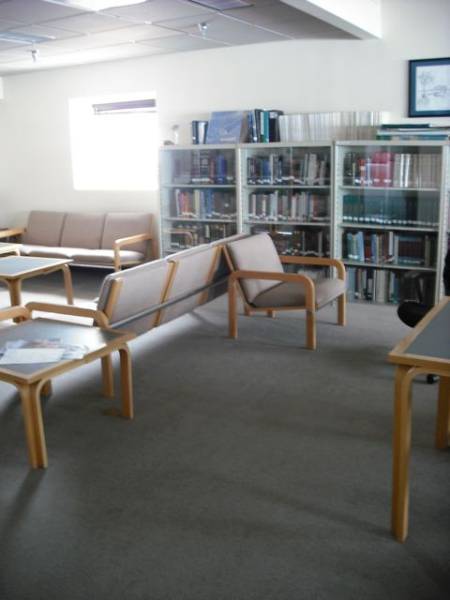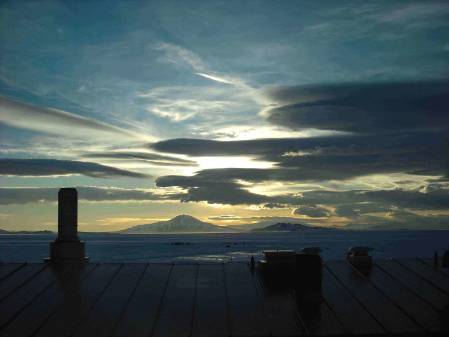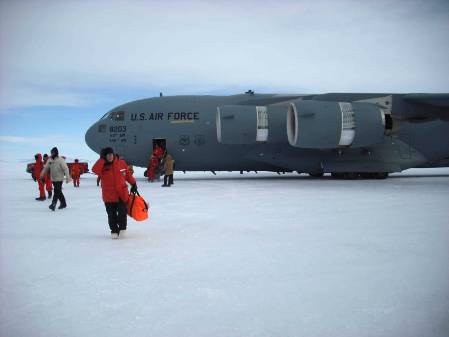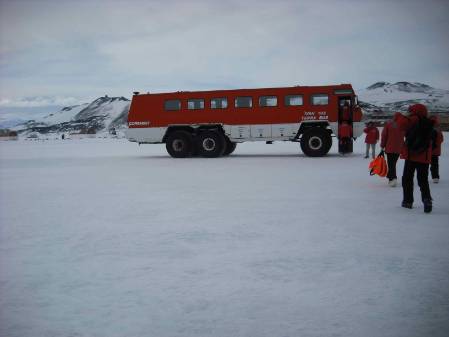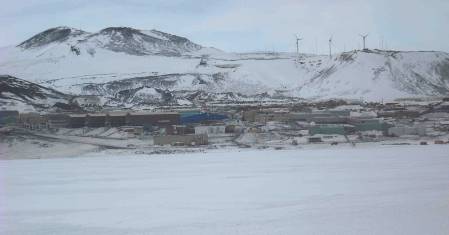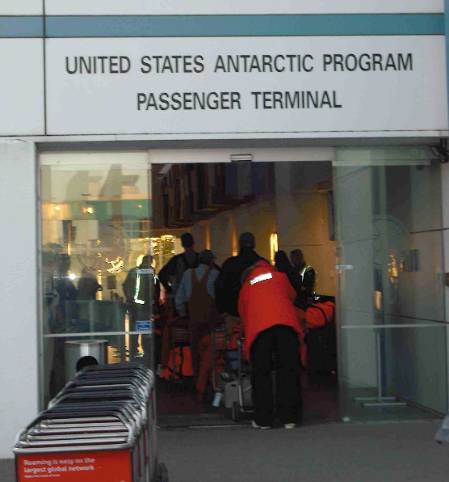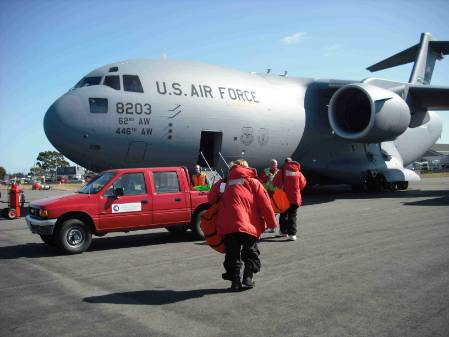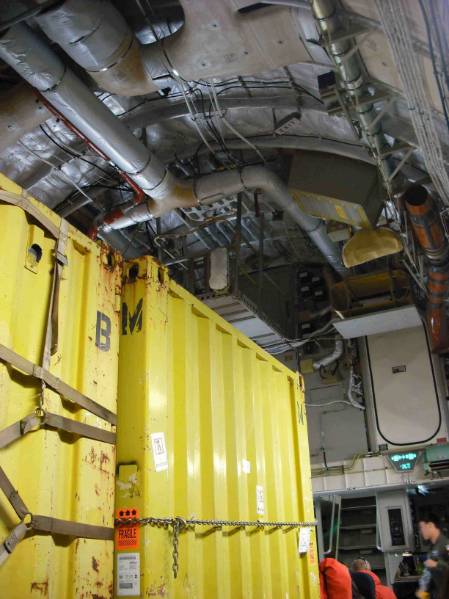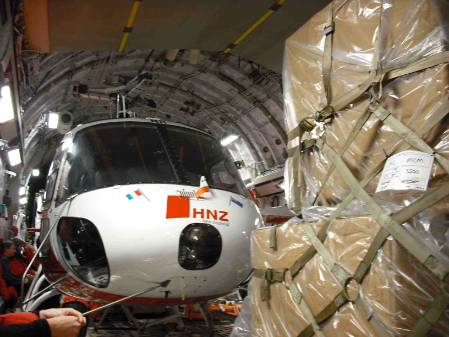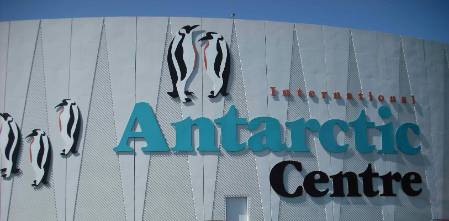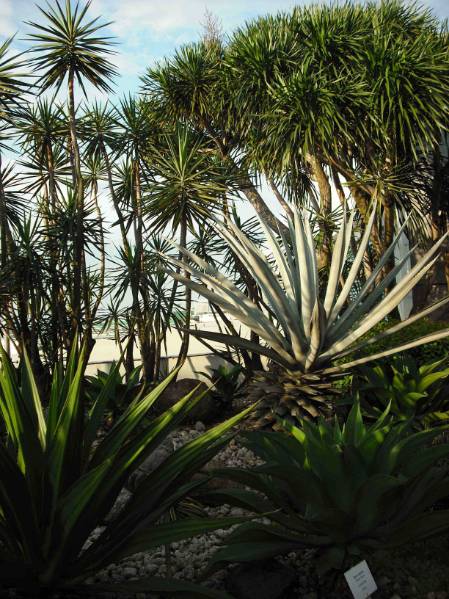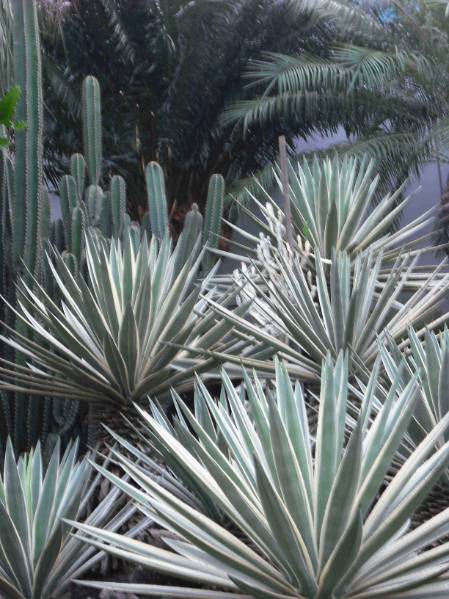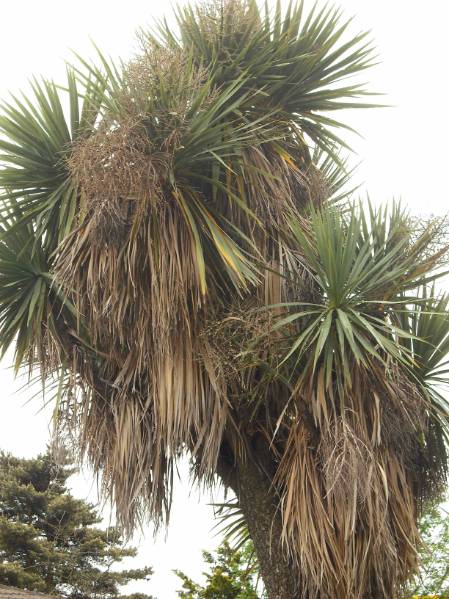McMurdo Station is the biggest station of the US Antarctic Program with more than 1000 people in summer. It is like a small city with a café and a pub or even two pubs and many clubs that form over the summer.
I spend much of time the in Crary Lab, which is the main research facility at the station. The research carried out in the Crary lab ranges from biological to earth and atmospheric sciences. The Crary Lab has also a library with great views over the McMurdo Ice Shelf.
View form the library to the Ice Runway with the Royal Society mountain range in the background.
You can also see the helicopter pad from the library. Most scientist go to their field sites by helicopter.
Our lab
Library



